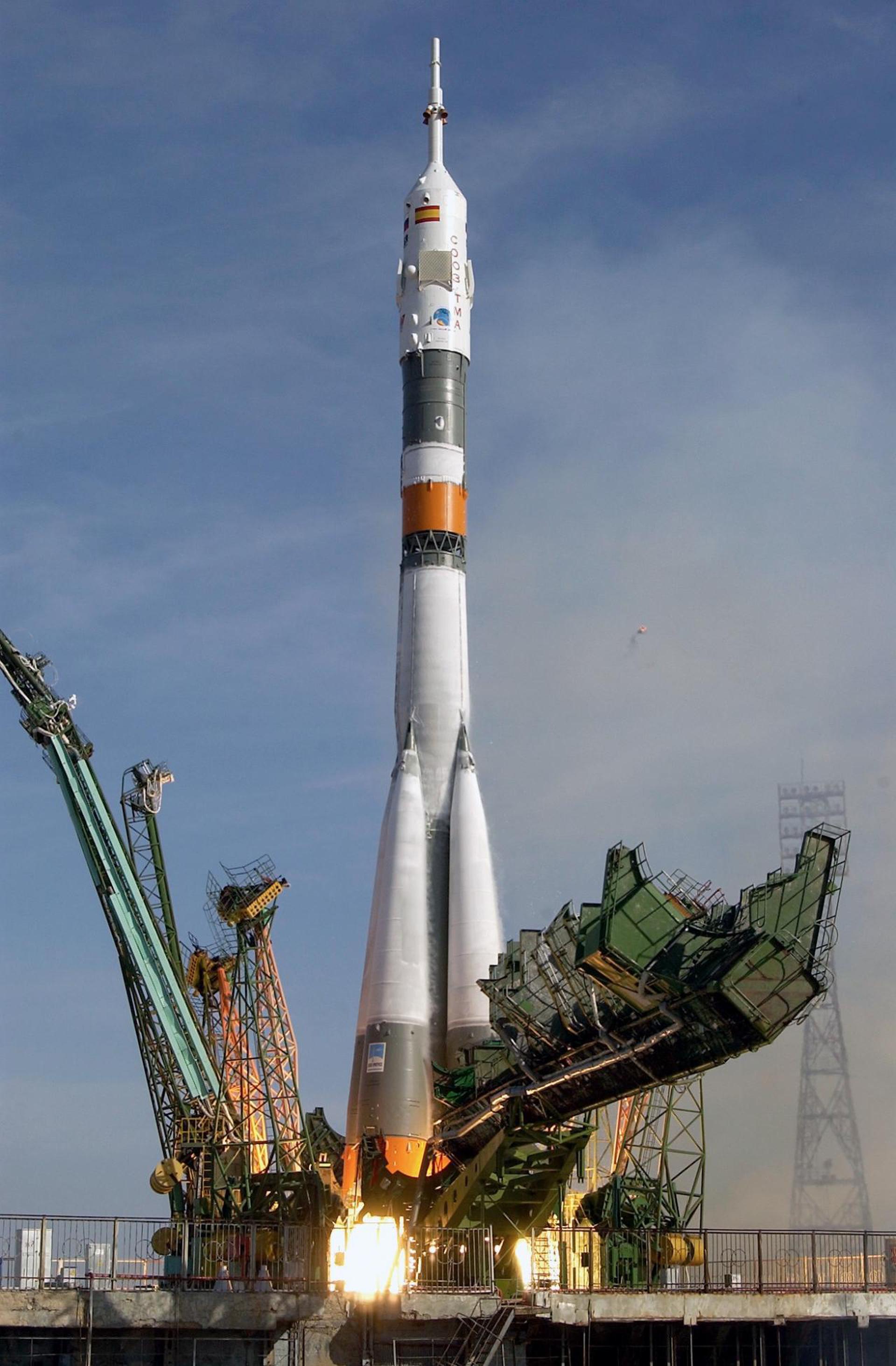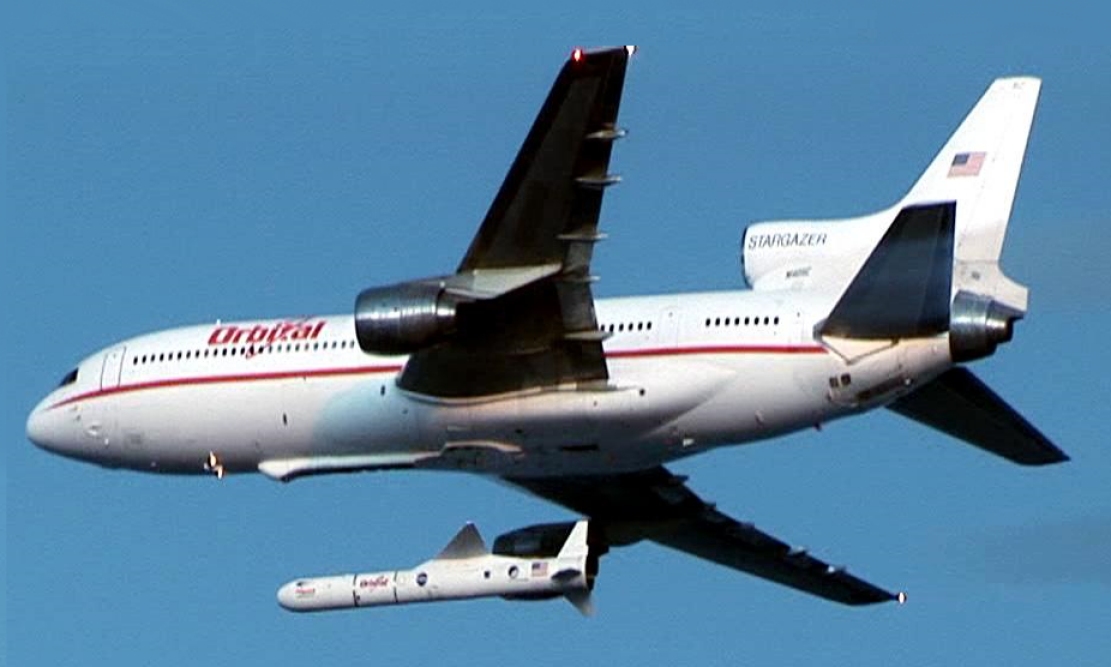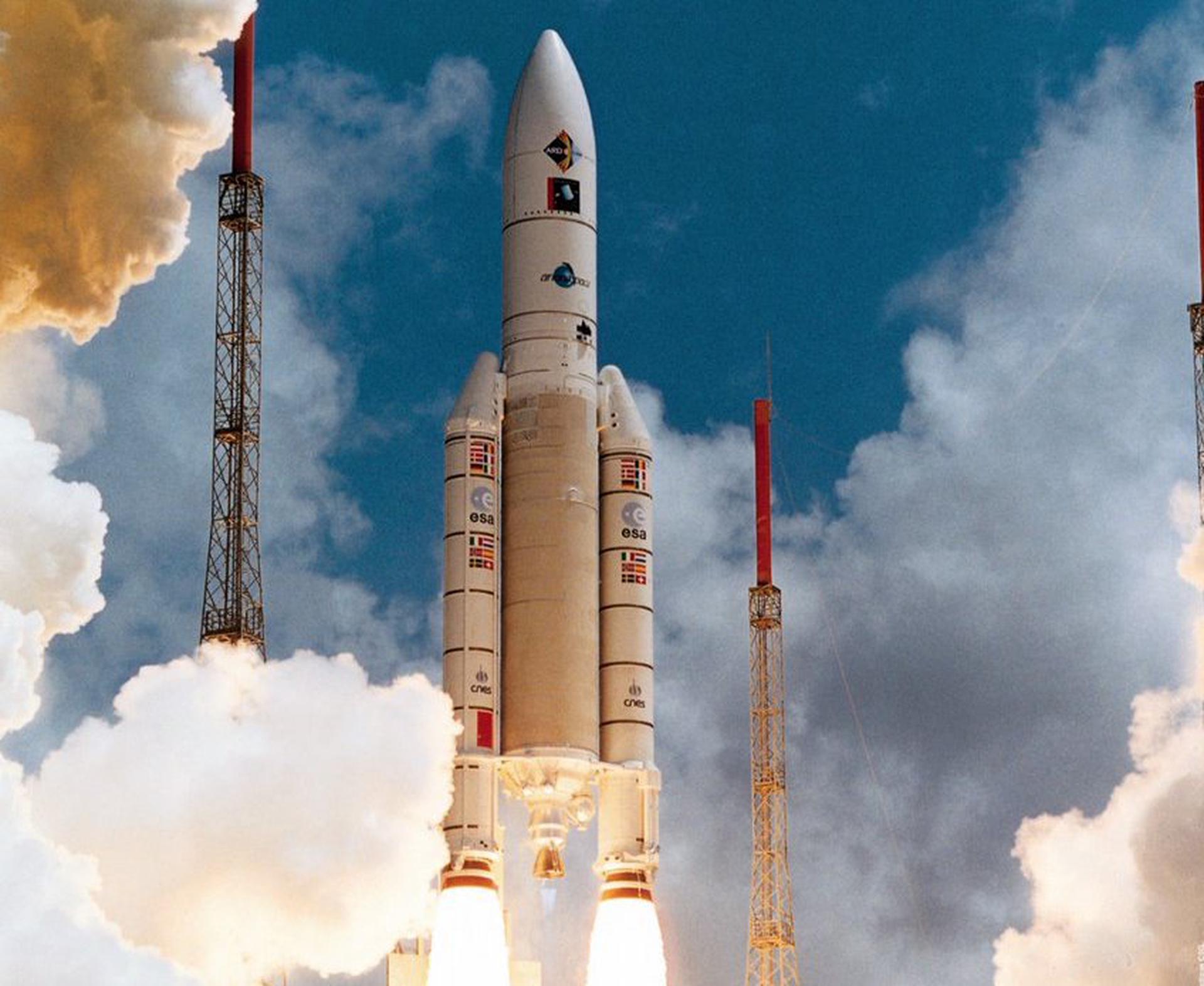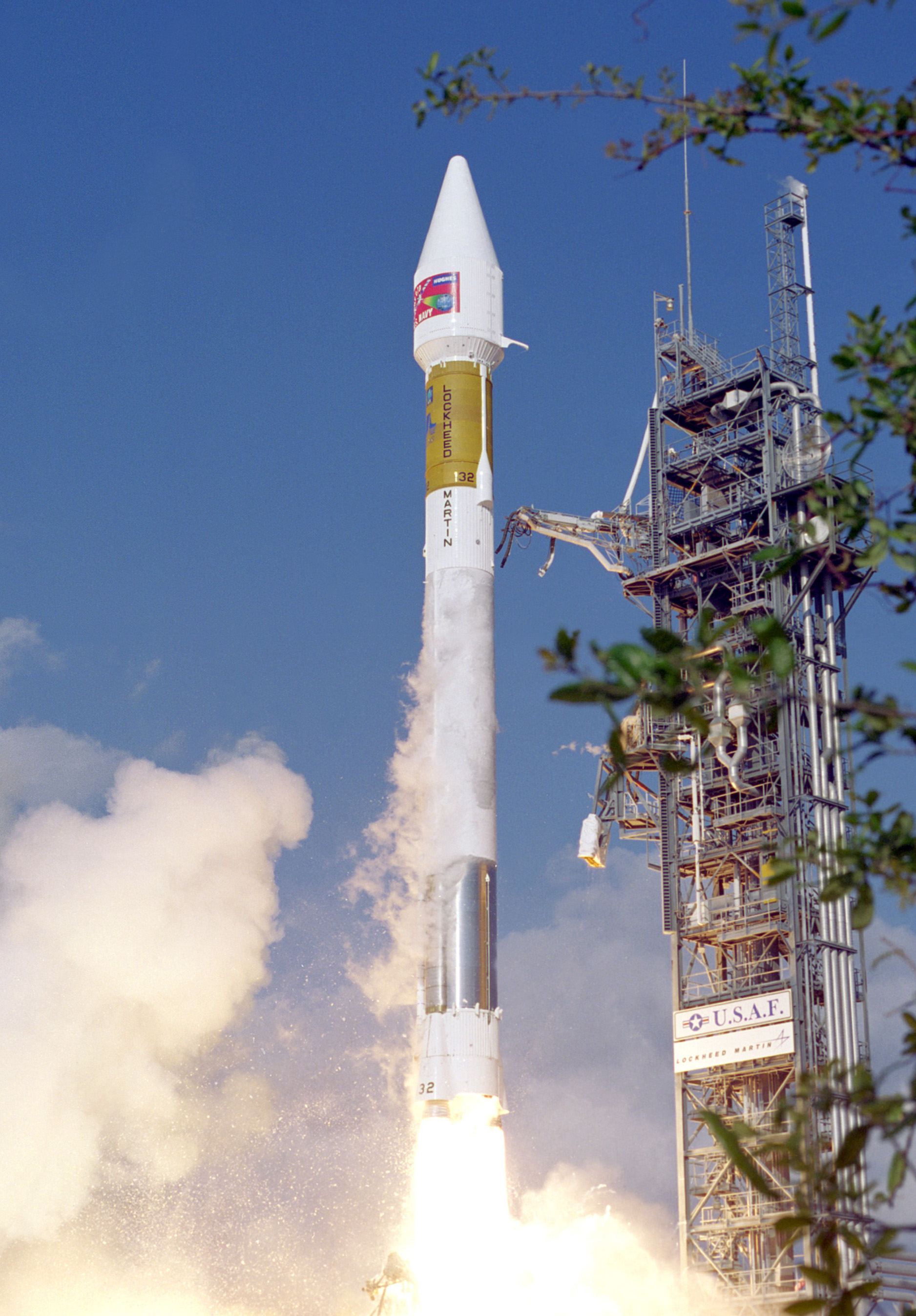Previous Spaceflight Launches
Filter by Agency, Locations or Vehicles
Show All LaunchesSpace Shuttle Discovery / OV-103 | STS-95
National Aeronautics and Space Administration | United States of AmericaKennedy Space Center, FL, USA
Oct. 29, 1998, 7:19 p.m.
Status: Launch Successful
Mission:
STS-95 was a Space Shuttle mission launched from Kennedy Space Center, Florida on 29 October 1998, using the orbiter Discovery. It was the 25th flight of Discovery and the 92nd mission flown since the start of the Space Shuttle program in April 1981. It was a highly publicized mission due to former Project Mercury astronaut and United States Senator John H. Glenn, Jr.'s return to space for his second space flight. At age 77, Glenn became the oldest person, to date, to go into space. This mission is also noted for inaugurating ATSC HDTV broadcasting in the U.S., with live coast-to-coast coverage of the launch. In another first, Pedro Duque became the first Spaniard in space.
Low Earth OrbitAriane 44L | Afristar & GE 5
Aérospatiale | FranceGuiana Space Centre, French Guiana
Oct. 28, 1998, 10:15 p.m.
Soyuz U | Progress M-40
Russian Federal Space Agency (ROSCOSMOS) | RussiaBaikonur Cosmodrome, Republic of Kazakhstan
Oct. 25, 1998, 4:14 a.m.
Delta 7326-9.5 | Deep Space 1
McDonnell Douglas | United States of AmericaCape Canaveral SFS, FL, USA
Oct. 24, 1998, 12:08 p.m.
Pegasus Hybrid | Satélite de Coleta de Dados-2 (SCD-2)
Orbital Sciences Corporation | United States of AmericaAir launch to orbit
Oct. 23, 1998, 12:02 a.m.
Ariane 5 G | MaqSat 3 & ARD
ArianeGroup | FranceGuiana Space Centre, French Guiana
Oct. 21, 1998, 4:37 p.m.
Atlas IIA | UHF F/O F9
Lockheed Martin | United States of AmericaCape Canaveral SFS, FL, USA
Oct. 20, 1998, 7:19 a.m.
Status: Launch Successful
Mission:
The U.S. Navy began replacing and upgrading its ultra-high frequency (UHF) satellite communications network during the 1990s with a constellation of customized satellites built by Hughes Space and Communications Company. Known as the UFO (Ultra High Frequency Follow On) series, these HS-601 model satellites support the Navy's global communications network, serving ships at sea and a variety of other U.S. military fixed and mobile terminals.
Geostationary OrbitAtlas IIA | Hot Bird 5
Lockheed Martin | United States of AmericaCape Canaveral SFS, FL, USA
Oct. 9, 1998, 10:50 p.m.
Ariane 44L | Eutelsat W2 & Sirius 3
Aérospatiale | FranceGuiana Space Centre, French Guiana
Oct. 5, 1998, 10:51 p.m.
Status: Launch Successful
Mission:
The W satellites are designed to provide telecommunications services primarily over Europe (Eutelsat W2, W3 and W5) and communication services over Russia and Africa (W4). W2, W3 and W5 are designed to offer 24 transponders at saturation and W4 is designed to provide 31 transponders at saturation. The W satellites have a minimum operational lifetime of 12 years. The spacecraft are based on the Spacebus-3000B2 platform. Sirius 3 provides direct-to-home television services to the Scandinavian region. Hughes upgraded NSAB's satellite control center at Esrange, Kiruna, and provided training to the satellite controllers. Sirius 3 was successfully launched on an Ariane-44L H10-3 on October 5, 1998. The satellite was built at the Integrated Satellite Factory of in El Segundo, Calif.
Geostationary OrbitMinotaur | NROL-8
Orbital ATK | United States of AmericaVandenberg SFB, CA, USA
Oct. 3, 1998, 10:04 a.m.








